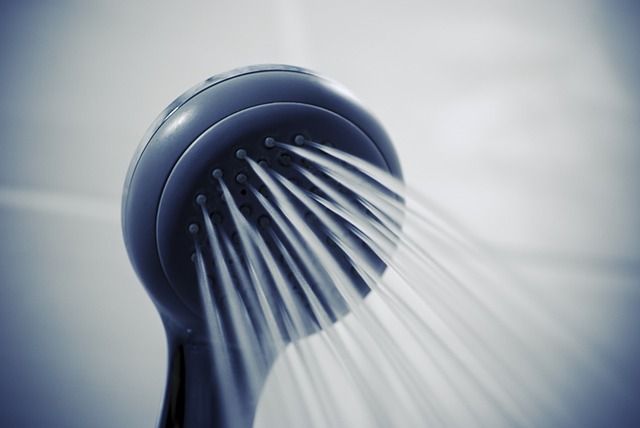Do you ever worry about how much hair is normal to lose in the shower? Is your hairline receding too quickly? If so, you’re not alone. Many women are concerned about the amount of hair they’re losing in the shower and whether or not it’s normal. In this article, we’ll answer some of the most common questions about hair loss in the shower and discuss what you can do to prevent hair loss. We’ll also provide tips on how to deal with thinning hair and offer some advice on how to restore lost hair. So read on to learn everything you need about normal hair loss in shower.
Is it normal to lose a lot of hair in the shower?
Yes, losing a lot of hair in the shower is normal. Hair loss is called dermatitis alopecia, and it happens to everyone, regardless of gender. While there are no guarantees that you will never experience this phenomenon again (due to various factors, including age, stress levels, etc.), following some tips can help lessen the frequency and severity of hair loss during showers.
– Make sure you are using a mild shampoo and conditioner. These products are less harsh on the scalp and will not encourage excessive shedding.
– Do not use hot water when washing your hair. Hot water speeds up the process of sebum production, which leads to more frequent shedding.
– Scrub your scalp well with a gentle brush before shampooing; this will loosen any built-up dirt or oils that may be causing irritation or inflammation on your head skin.
– Rinse thoroughly with cool water after shampooing; this helps reduce chances of further buildup on scalps which can lead to additional shedding.
How much hair should you lose in the shower?
When it comes to losing hair in the shower, you probably don’t want to worry about it too much. The normal amount of hair loss in shower is between 150 and 200 hairs. However, if you notice that your head is shedding more than usual, there may be a problem.
The best way to determine whether or not you have a head hair issue is to take a close look at your scalp every time you shampoo. If there is an increase in bald patches, thicker regrowth on top (alopecia), or overall hair thinning, then it’s likely that something is wrong, and you should seek professional advice. Otherwise, follow the basic guidelines for how often to wash your scalp, and everything will usually fall into place.
What does hair thinning look like?
If you’re worried about hair thinning, starting treatment is still possible. Signs of hair loss can include bald patches on the scalp, decreased density or thickness in your hair, and a decrease in the number of hairs on your head. You must see a trichologist for diagnosis and treatment if you notice any of these signs.
There are many different treatments for hair thinning, each designed to address specific symptoms. Some treatments involve prescription drugs that work by inhibiting testosterone production or promoting the growth of new hair follicles. Other therapies use topical products that stimulate blood flow to the scalp or reduce the shedding of existing hairs.
Whatever approach you take, consult with a doctor who will tailor an individualized treatment plan based on your unique situation.
When should I be worried about hair loss?
Hair loss can be a frustrating experience, and it’s not always easy to know when you should start worrying. But some signs suggest you may need to see a doctor. Many factors can cause hair loss – from hormones to genetics – so it’s important to check if these symptoms persist for more than two weeks.
Your trichologist may also perform a physical exam and take blood tests to rule out any serious medical issues. But even if no underlying problem is found, they might recommend starting treatment for milder cases of scalp stress, such as dryness or itchiness. And always remember: never stop taking medications without first consulting with your healthcare provider.
How to prevent hair loss: The best practices to try
Hair loss can be annoying because it’s difficult to determine the cause. Fortunately, there are many things that you can do to prevent hair loss and improve your hair health overall. The following tips will help you achieve better hair health status:
– Eat a balanced diet full of fruits and vegetables. These foods contain nutrients that support hair growth and promote healthy scalp skin.
– Avoid using harsh chemicals on your hair or scalp. Harsh shampoos, conditioners, and other products can damage the hair follicle and lead to baldness or thinning hair. Instead, use milder cleansers designed specifically for curly or sensitive locks.
– Take regular breaks from braiding, tying backs into tight knots, etc., as these activities can stress the scalp and lead to excessive shedding (and potential hair loss).
– Use natural ingredients like rosemary or tea tree oil to treat scalp problems and promote the growth of new hairs.
– Avoid over-styling your hair. Too much heat (whether from blow dryers or flat irons) can cause permanent damage to your strands and, as a result, hair loss. Instead, try low-temperature styling tools, or give up their use altogether.
– Take supplements. Certain vitamins (especially B12) and minerals (such as zinc) have been shown to promote healthy hair growth by helping repair damage done to the scalp during wear and tear. Consider taking these supplements if you’re struggling with balding symptoms.
– Keep up regular exercise. This will improve blood flow throughout your body which is critical for keeping follicles healthy and producing hair.
